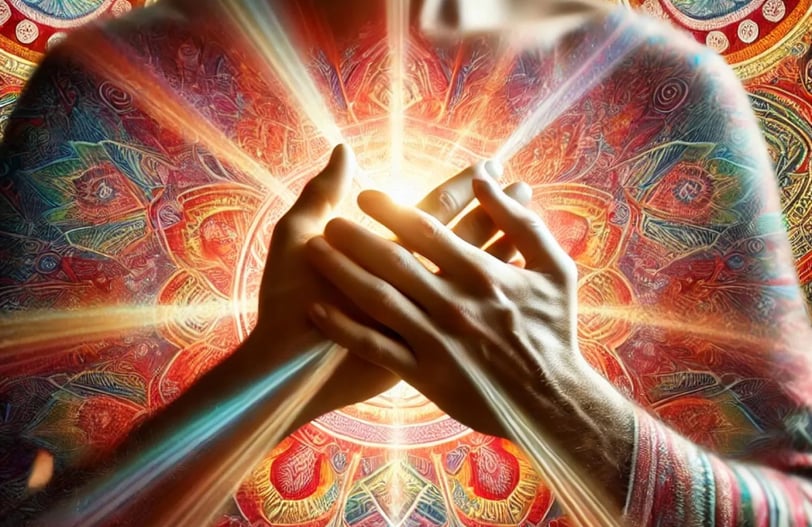Discovering Kundalini.
The initial step in kundalini meditation involves eliminating negative thoughts. These thoughts generate negative energies within our bodies. While we may not visibly perceive this energy in our physical form, the layers of our being are influenced by these negative energies.......Read More


The initial step in kundalini meditation involves eliminating negative thoughts. Such thoughts generate negative energies within our bodies. While we may not visibly perceive this energy in our physical form, the layers of our being are influenced by these negative energies. Negative thoughts often stem from feelings of anger and hatred. Additionally, consuming spicy foods, smoking, and drinking can harm our subtle body by disrupting its energy levels. Another crucial aspect is the physical strength and flexibility of the body. As kundalini energy begins to rise, it draws upon a significant amount of energy, and when it reaches a peak, it can drain the energies of the subtle bodies. If the physical body lacks flexibility, it may encounter challenges during this ascent, leading to energy blockages and potential health issues. Therefore, it is essential to manage both our thoughts and our surroundings. Previously, we discussed how individual consciousness merges with universal consciousness. The latter transcends the typical boundaries of human experience and comprehension. Individual consciousness is a mental process confined to the human mind. Universal consciousness is referred to as Paramatma, while individual consciousness is known as jivatma. Jivatma is linked to the mind and is thus associated with forms, whereas Paramatma is also identified as purusha, prakasha, and Shiva. Jivatma is recognized as prakrti, vimarsha, and Shakti. Both exist as formless forms, a concept we have explored before. Creation cannot occur without the union of prakasha and vimarsha, as vimarsha derives its energy solely from prakasha for its functions, being a manifestation of prakasha. In the context of human creation, individual consciousness originates from universal consciousness, which resides within the realm of kundalini. Only the mind possesses the capability and authority to access this universal consciousness.
The level of consciousness that the mind extracts from the realm of kundalini, where universal consciousness resides, is referred to as individual consciousness. Due to the influence of maya or illusion, the mind cannot access the entirety of universal consciousness. This limitation is why we have previously explored the concepts of mind and intellect in depth. Both universal and individual consciousness are subtle and cannot be directly observed, yet they can be experienced and understood. This is possible because they exist in the form of energy, manifesting as light, sound, and heat. Regardless of your meditation practice, you can always sense the warmth in the kundalini area, which is notably warmer than other body parts. This energy is known as kundalini, often described in the feminine form, as she embodies the essence of vimarsha. When we focus our concentration to awaken her, she responds with a sense of lethargy, slowly approaching the entrance of her domain to see who has disturbed her. The kundalini resides in the perineum, forming the base of the pelvic cavity, but she does not venture beyond her threshold. Instead, she oscillates between her dwelling and the entrance, known as the coccyx, which is the base of the spinal cord. To elaborate on the coccyx, it is located beneath the sacrum and consists of a small terminal structure formed by four or five fused vertebrae. This area is enveloped in thick membranes and serves as an attachment point for various muscles. The perineum connects to the coccyx through a network of nerves and membranes, indicating that universal consciousness is stored in the perineum, identified as Kundalini.
